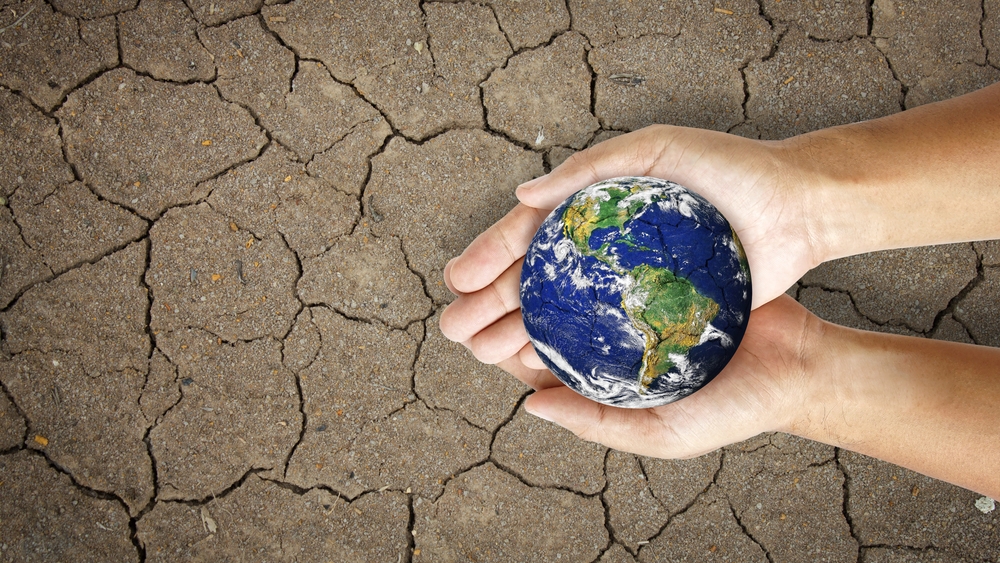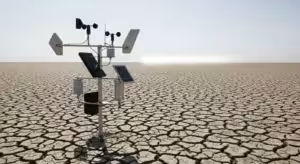Let’s debunk the most common earthquake myths!
According to the United States Geological Survey (USGS), over 800 earthquakes of magnitude 6.1 or higher occur globally every year. In the US, California and Alaska experience the most frequent and strongest earthquakes due to their location along tectonic plate boundaries.
Most earthquakes don’t cause a disaster, but being prepared and knowing how to react can make a big difference, even for moderate tremors.
The problem is that there are many misconceptions and myths circulating around earthquakes, and this can lead to confusion and dangerous reactions in case a bigger earthquake hits. Find out about the biggest earthquake myths and learn how to stay safe in case of a disaster!

1. Earthquakes are a West Coast problem
If you feel safe just because you live far away from the Pacific Ocean, we are here to tell you that things don’t work like that. It is true that California and Alaska experience more frequent earthquakes due to their location and the tectonic plates, but believing that if you live in any other area of the US, you are safe is one of the biggest earthquake myths.
The central and eastern United States, for example, have a history of powerful earthquakes. For example, in 1811 and 1812, there was a series of earthquakes called the New Madrid earthquakes with a magnitude of 7 to 8, and they took place in Missouri. These were some of the most powerful earthquakes ever recorded in the US.
We need to be aware of the truth: earthquakes can strike anywhere! This is the first step we can take, and in case of a disaster, we will be more prepared.
2. Small earthquakes will prevent big earthquakes
This is another one of the earthquake myths that says that minor earthquakes act as a safety valve and prevent bigger earthquakes. But this is not true. This is just a myth that gives us a false sense of security.
Earthquakes are triggered by powerful forces that press the tectonic plates. These plates are constantly moving, and small earthquakes are just the release of minor stress points along these plates.
While there is a link between the frequency of minor earthquakes and the magnitude of bigger ones in a specific area, it is not a one-to-one ratio. So, more small earthquakes don’t mean immunity against bigger earthquakes. Don’t let yourself be fooled by these earthquake myths, and always be prepared.
3. Doorways are earthquake safe
This is an image many of us have in our minds: when an earthquake starts, we need to run under the closest doorway. But is this true? Are we going to be safe if we do this?
Seeking refuge in a doorway is one of the earthquake myths and we’ll tell you exactly why. A while back, when most buildings were made of unreinforced masonry or adobe, the doorway used to be the sturdiest element, and many times it remained intact after the shaking.
Today, the buildings are made of different materials and follow different engineering concepts. Dorays are not the strongest element of a building, and swinging doors might even injure you during an earthquake.
What can you do instead? The recommended safety procedure is “drop, cover, and hold.” This means dropping to the ground as soon as possible, taking cover under a sturdy piece of furniture, and firmly holding onto it until the shaking stops.

4. A terrifying “mega-quake” can strike anytime
A “mega-quake” is an earthquake with a magnitude of 10 on the Richter scale or more. Hearing this might send shivers down your spine, and despite being a plausible theory, it is still one of the most common earthquake myths out there.
As we already said, earthquakes happen when tectonic plates grind past or push against each other. One thing you need to know is that the magnitude varies based on the length of the fault line. The longer the fault line, the more powerful the earthquake.
The longest known fault lines stretch for thousands of miles, and there are not so many “mega-quake”-producing lines. The largest earthquake ever recorded, with a magnitude of 9.5, took place in Chile in 1960 and occurred on a fault nearly 1,000 miles long.
5. We can predict earthquakes
It would be amazing for us to know when an earthquake will strike, but unfortunately, this is not possible. The idea of precise earthquake predictions is one of the most common earthquake myths.
Scientists are better at predictions than they were before, but until this point, they are still unable to pinpoint the exact time, location, and magnitude of an earthquake. The mechanisms behind earthquakes are far too complex for us to directly observe them, and this is why it is so hard to predict them.
One of the best things you can do is to always have an emergency kit in your home. This one can be perfect for you: Ready America 72-Hour Emergency Kit
You should also read: Hurricane Idalia: Everything Florida Seniors Must Know






















